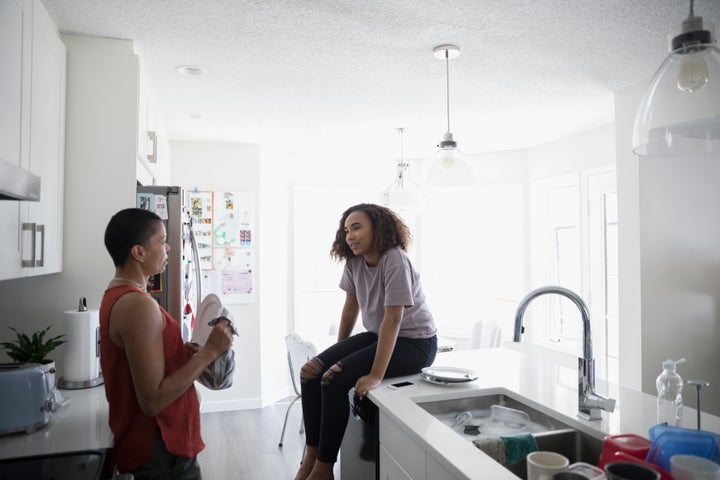Current tactics used by schools to stop sexual image sharing or “sexting” among children are largely ineffective, a new study suggests.
The research, by the University of Bedfordshire, surveyed students and staff at seven different UK secondary schools. It found abuse through image sharing was occurring in all the schools visited and typically involved a girl’s image being shared on social media without her consent.
The study identified that advice to pupils was often simply not to sext in the first place, but said this risked creating a “victim-blaming narrative” where pupils affected felt unable to tell a teacher what has happened.
“All students and teachers appeared resigned to the fact that image sharing (both consensual and non-consensual) was inevitable and there was very little schools could do to prevent this,” study author Jenny Lloyd added.
“Firstly, because students felt schools do not have jurisdiction to penalise students for things outside school and secondly, because sanctions, such as suspension, were ineffective.”

Lloyd has called for new tried and tested guidance for schools to help them deal with the issue, but if teachers are currently struggling to tackle the problem, what can parents do to help?
What parents need to know about sexting:
A study by the NSPCC in 2016 revealed 50% of parents do not know it is illegal for their child to take nude selfies.
A young person (under 16) is breaking the law if they:
- take an explicit photo or video of themselves or a friend
- share an explicit image or video of a child, even if it’s shared between children of the same age
- possess, download or store an explicit image or video of a child, even if the child gave their permission for it to be created.
Back in April Humberside Police, in Yorkshire, urged parents to discuss the issue of sexting with their children after noticing a rise in reports of teens sending sexual messages. They advised parents not to accuse young people of sexting but instead, to explain the dangers involved, such as what might happen to their image if they fall out with the person they’ve sent it to.
Suzie Hayman, trustee of the charity Family Lives, previously shared these tips for parents with HuffPost UK:
Have a plan: “Having a plan will make your life easier. Rather than waiting for something bad to happen, think about when and how you are going to start and keep the conversation going about the risks and rewards of the online world.”
Pick a time with no pressure: “Avoid starting a conversation just as your child is going to bed or walking out the door. Use a storyline from an article or TV programme to start up the conversation about this.”
Get to know their friends’ parents: “They’ll probably share your concerns, so you could agree on rules around technology and supervision. You can also share anecdotes about the questions your children have asked, which might help you prepare for your own conversations.”
Do not dismiss sexist language or behaviour as funny: “Remember that you need to be a role model for them and they will look to you to determine what is right and what is wrong.”
Let them know about the risk: “That taking, sharing or sending images of themselves could be shown to others or distributed online and there will be little they can do to stop this.”
If you discover a sexual image of your child has been shared on social media, you can report the image to the site that is hosting it in order to get it removed. For more information visit the NSPCC website.